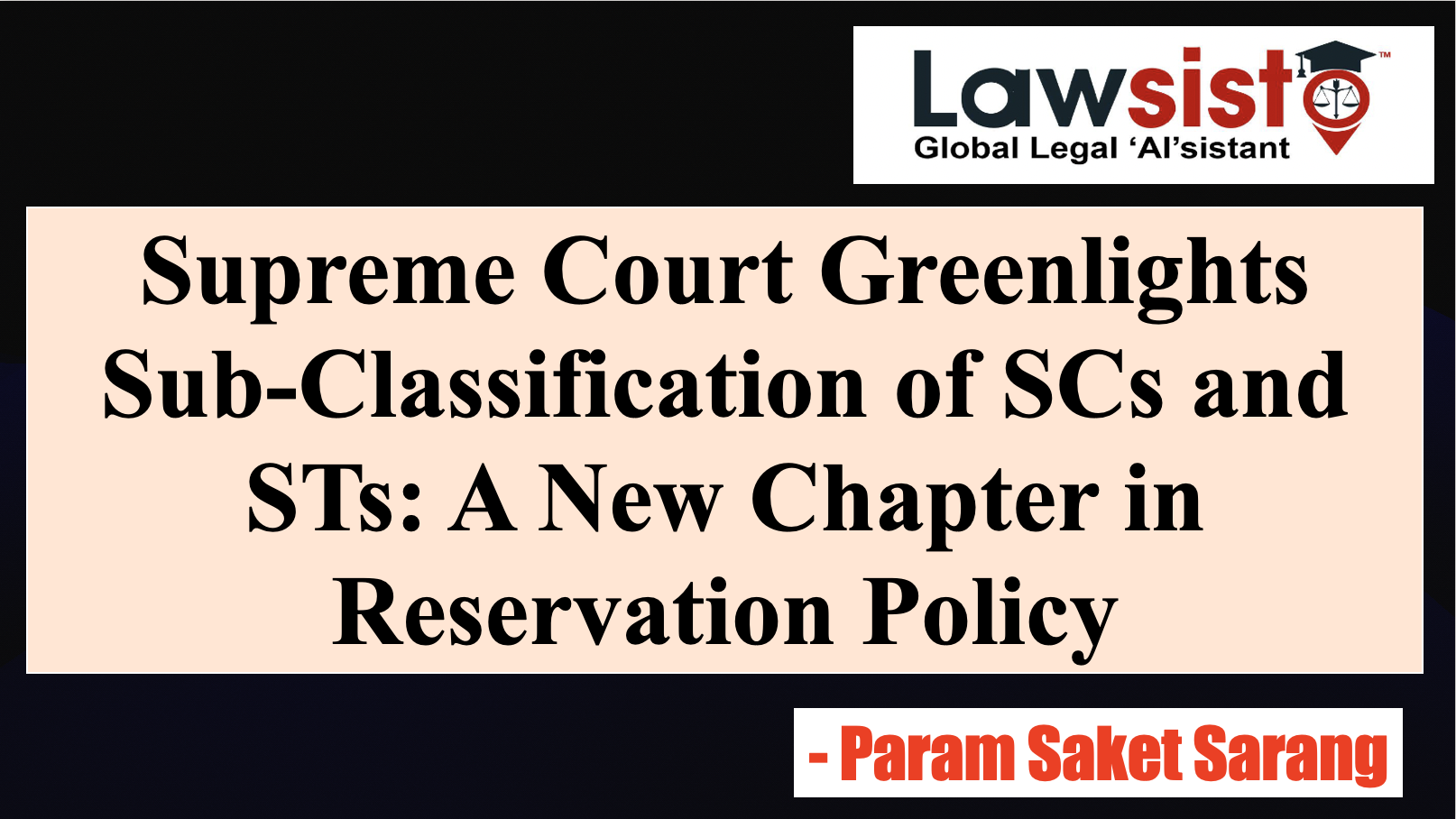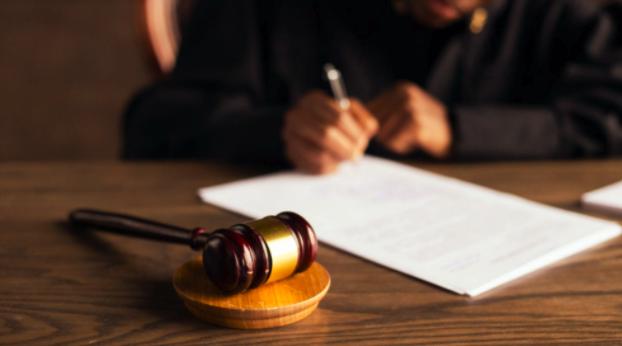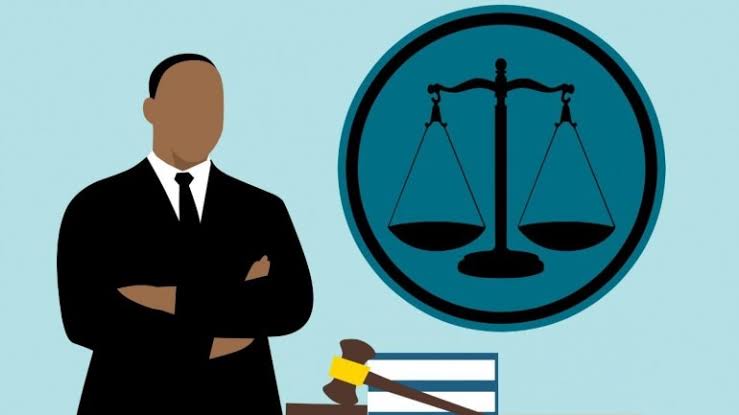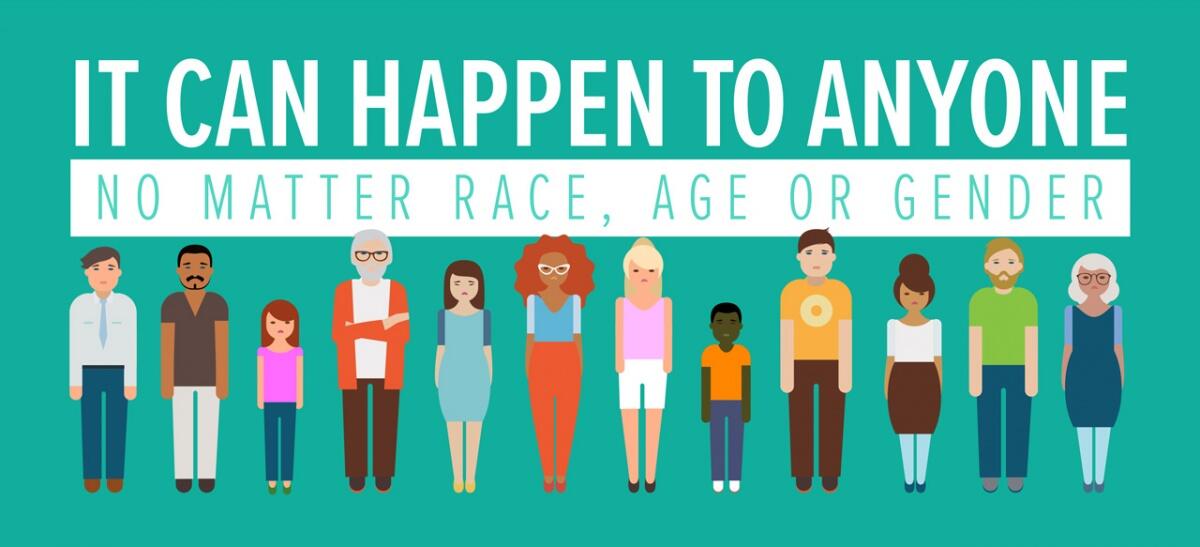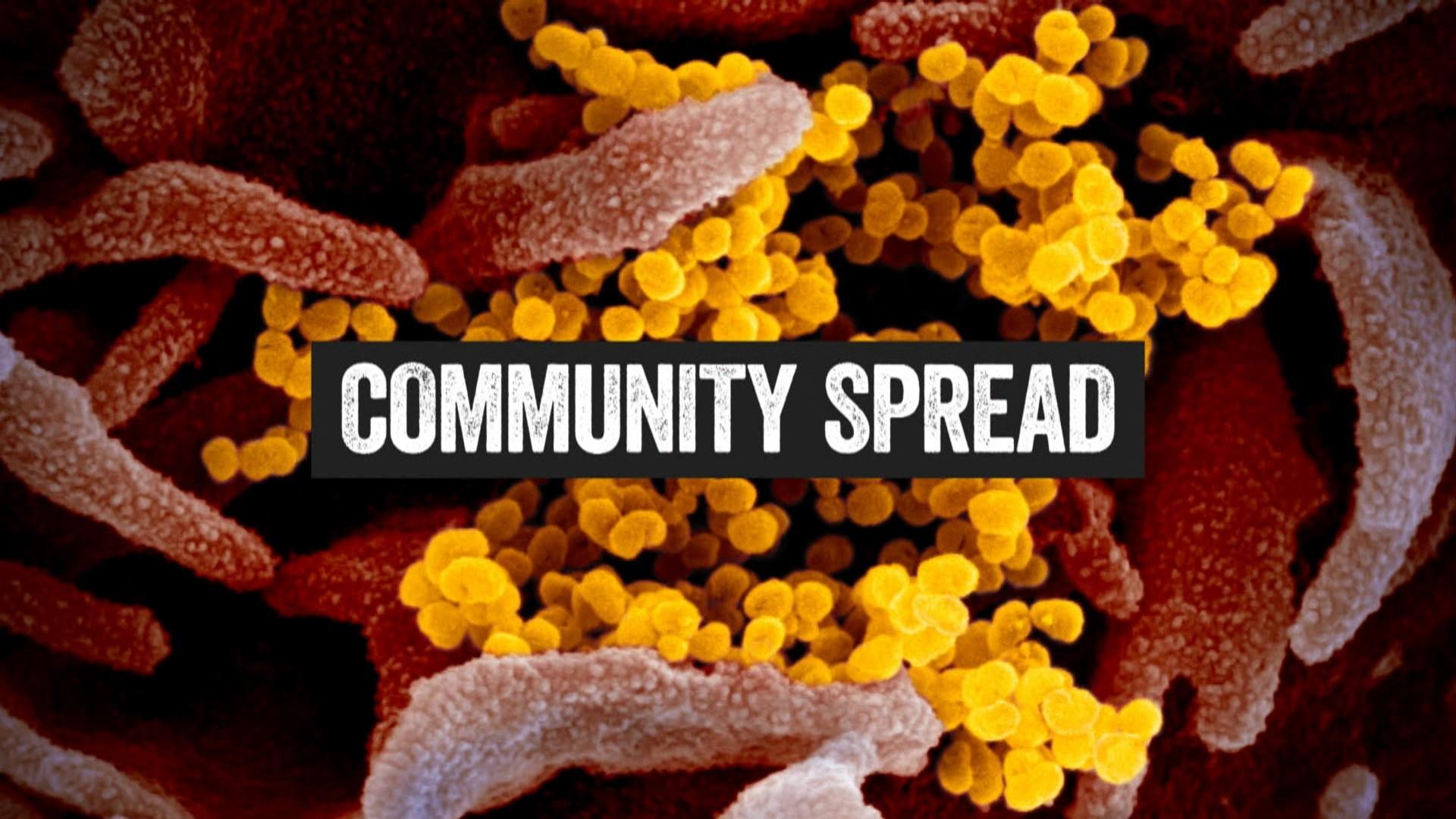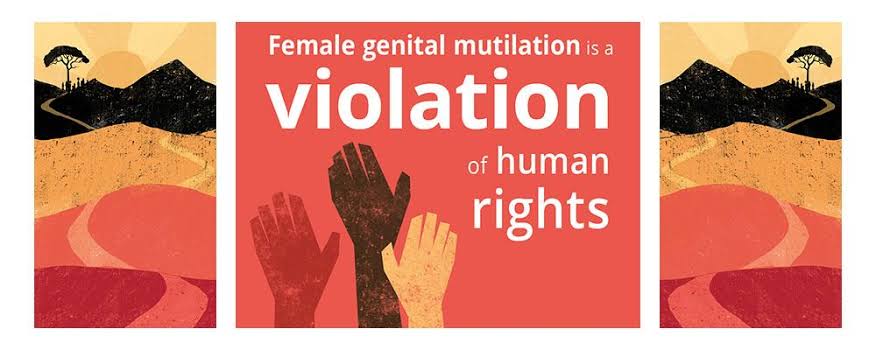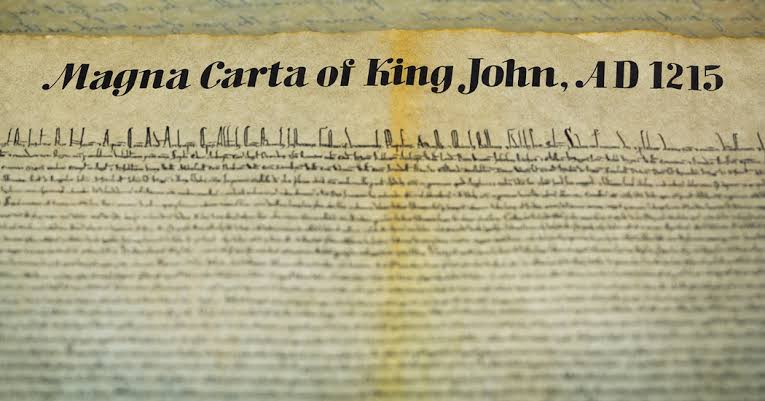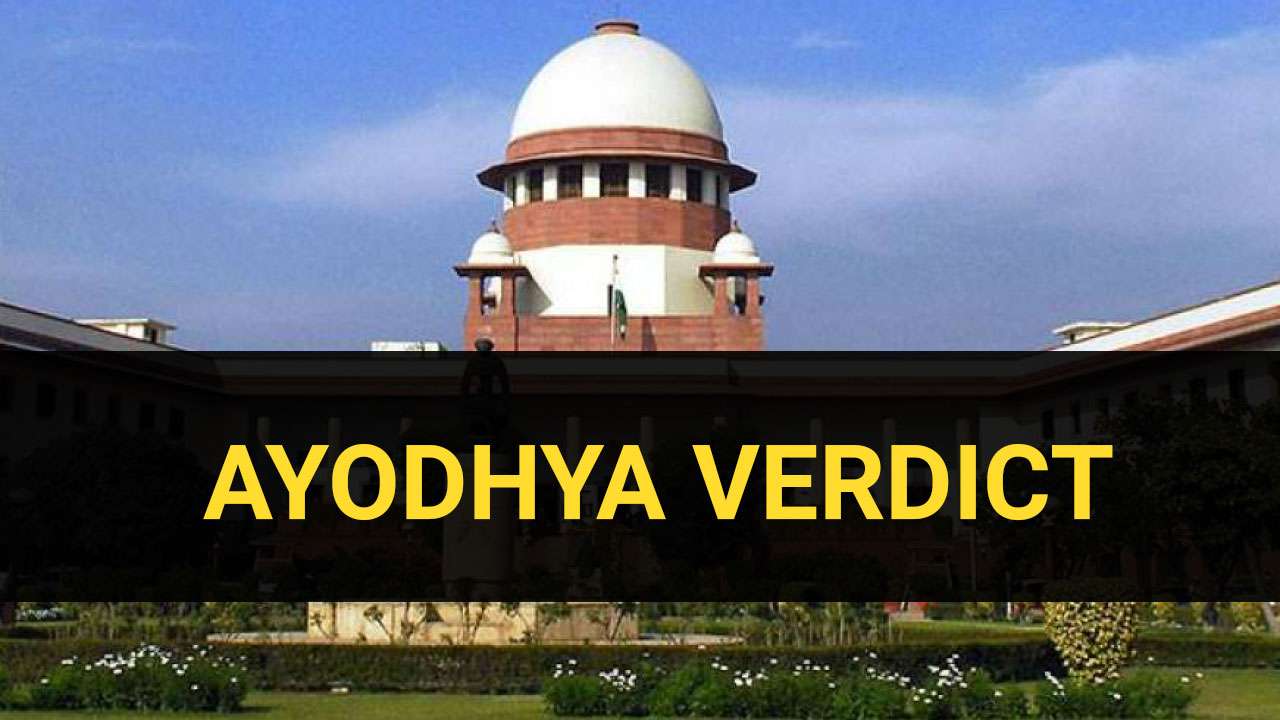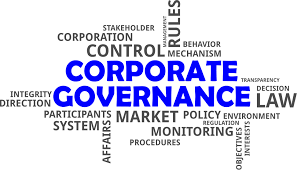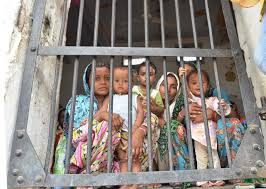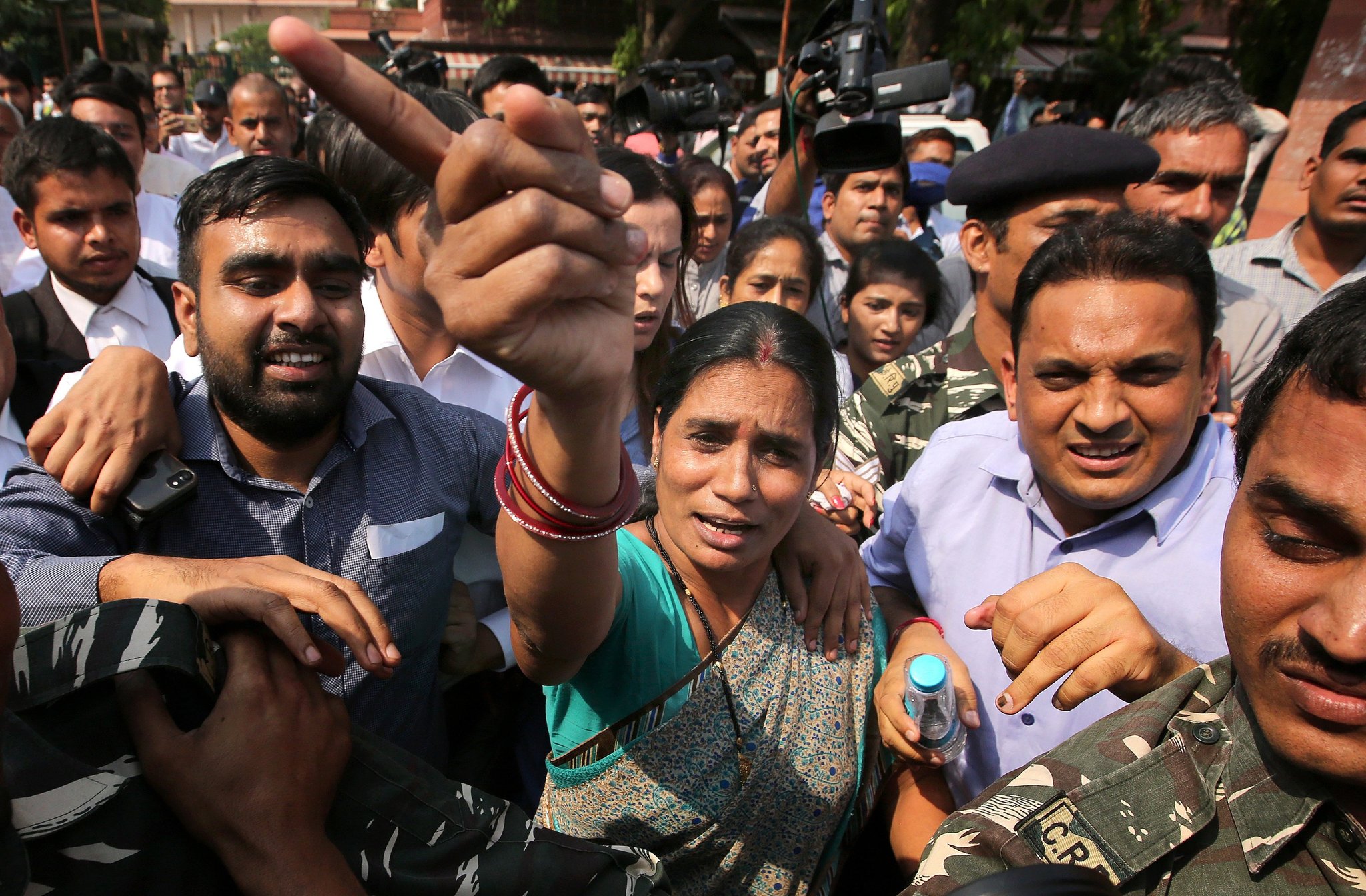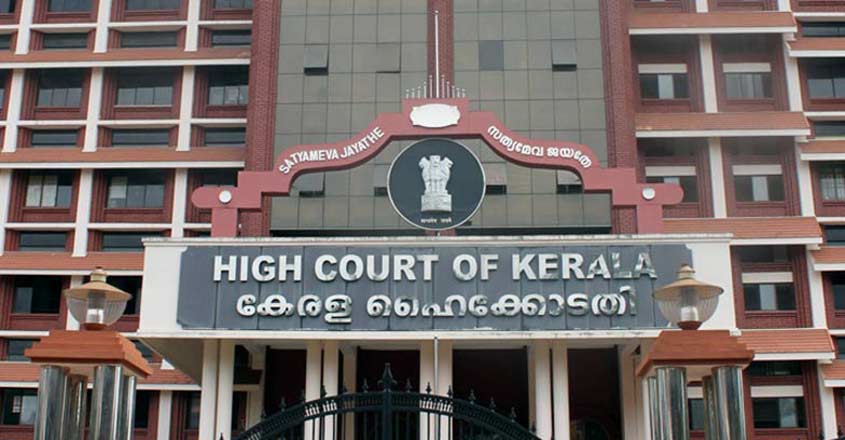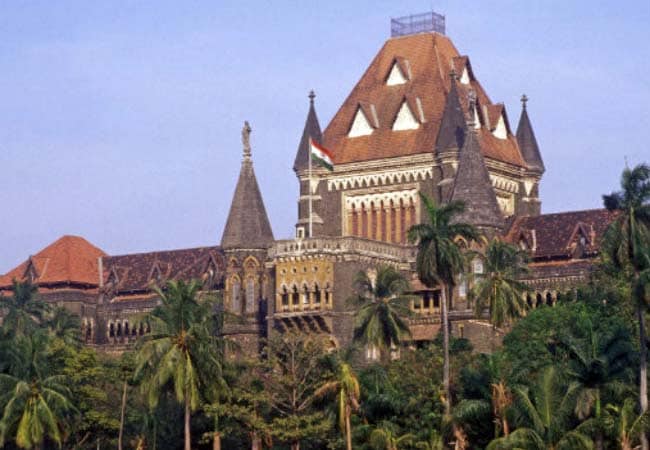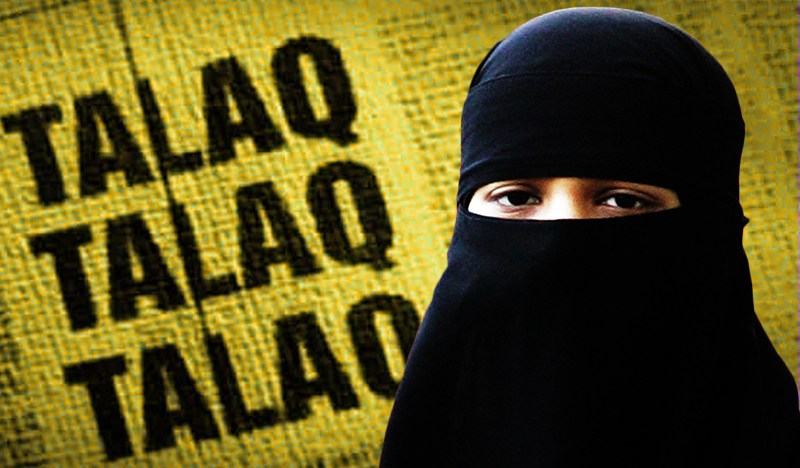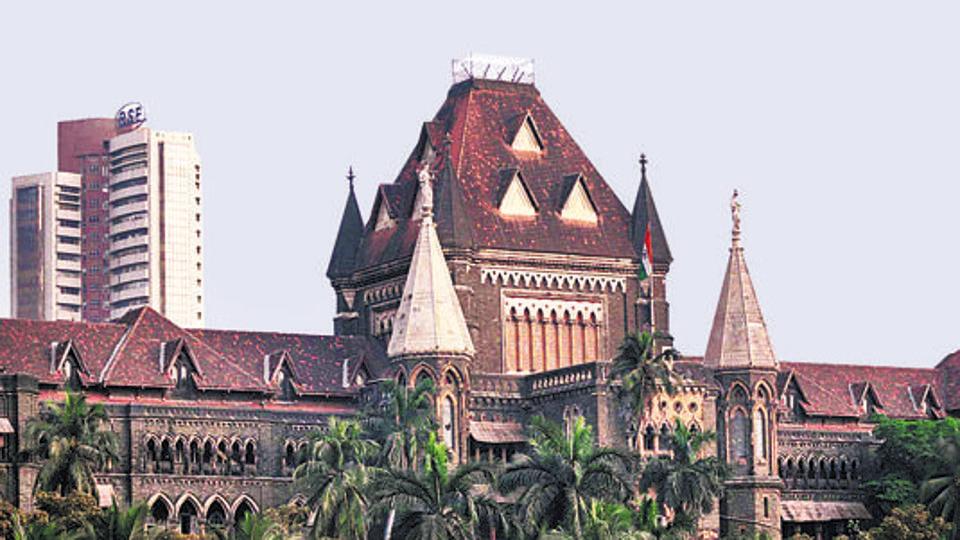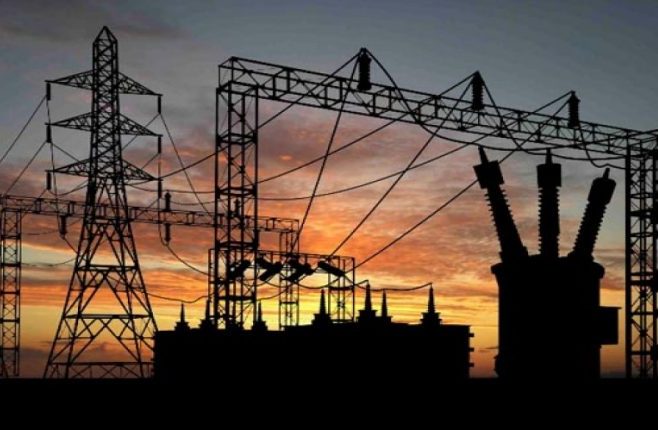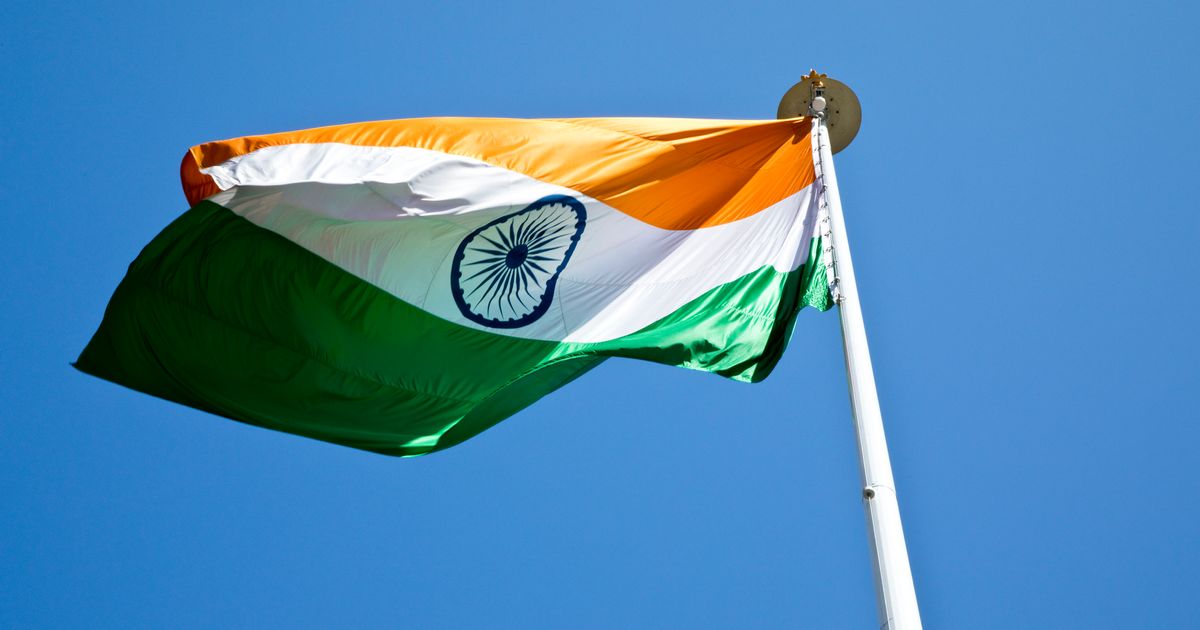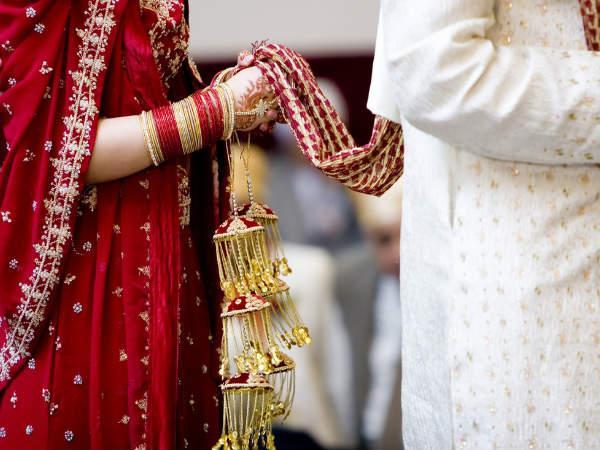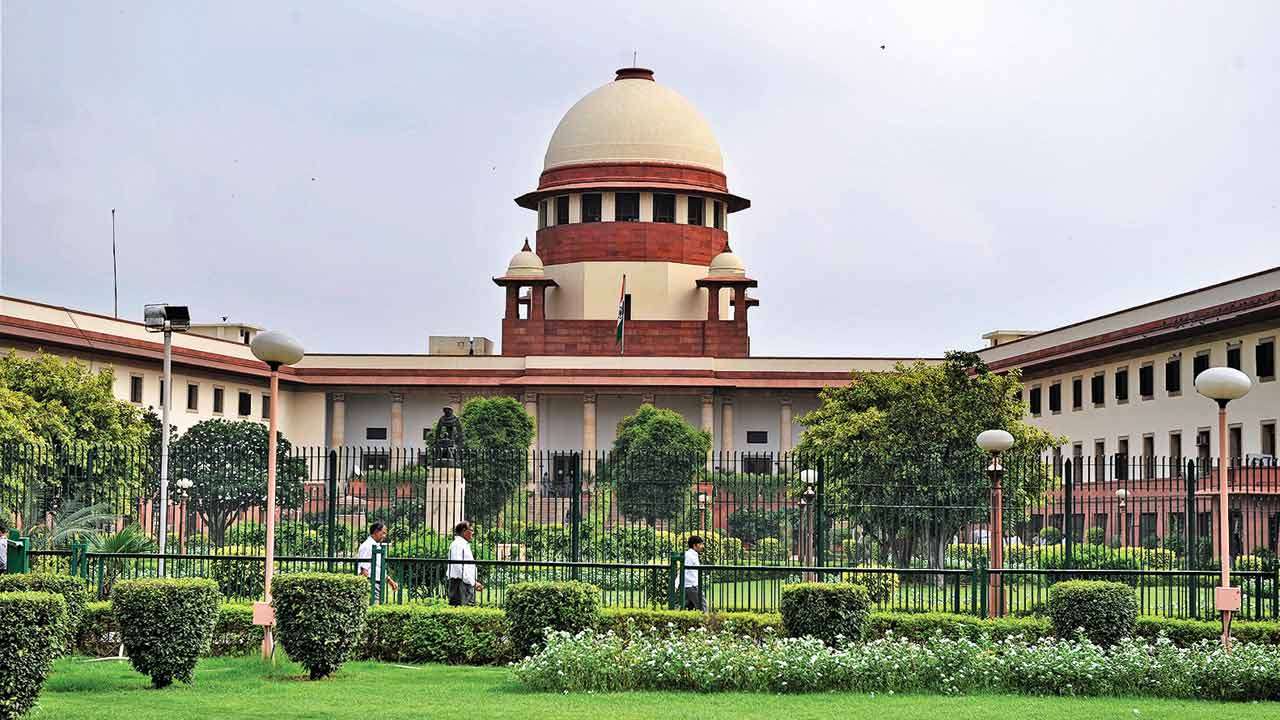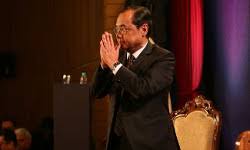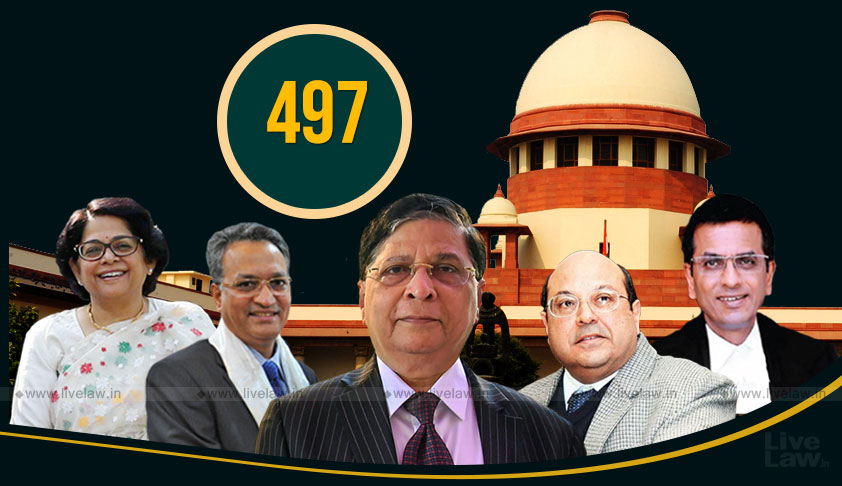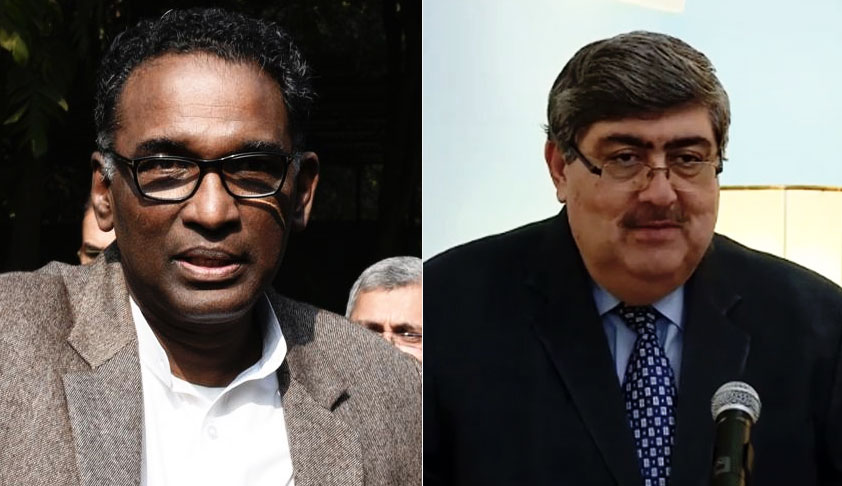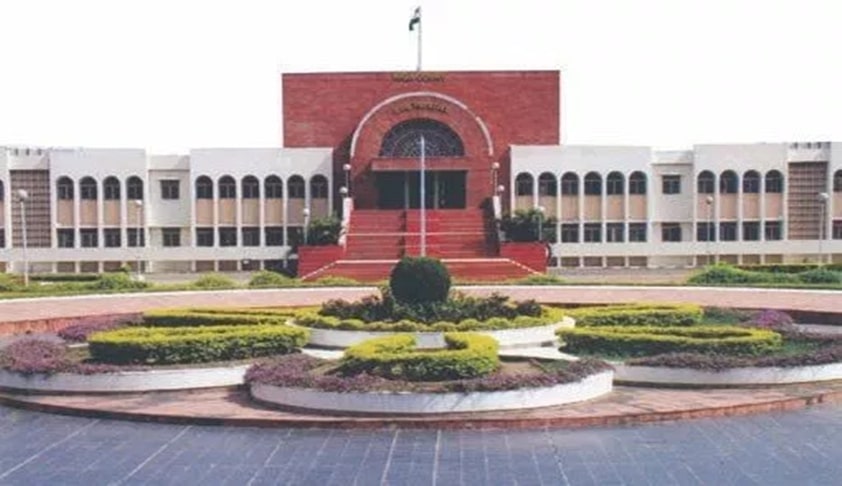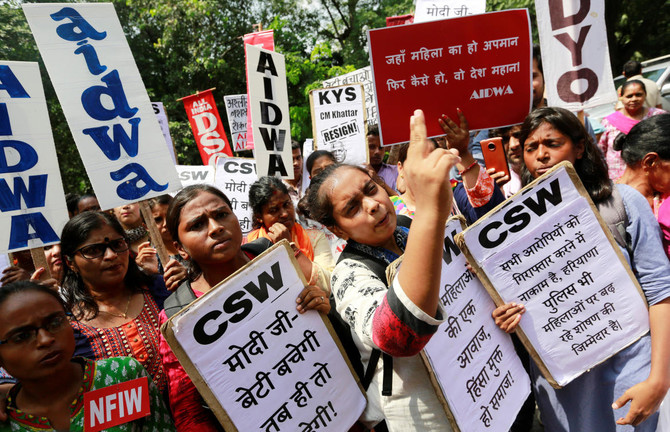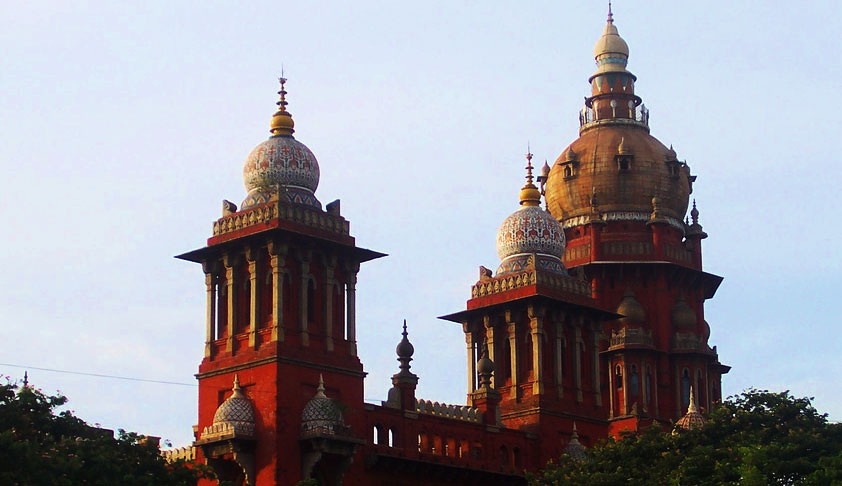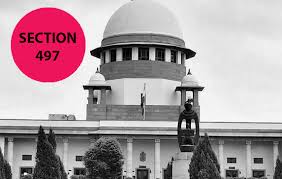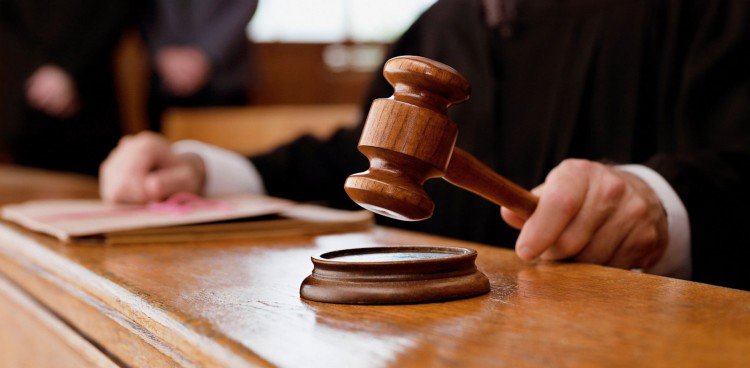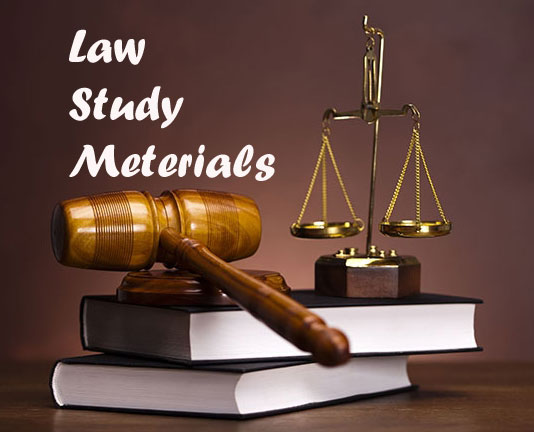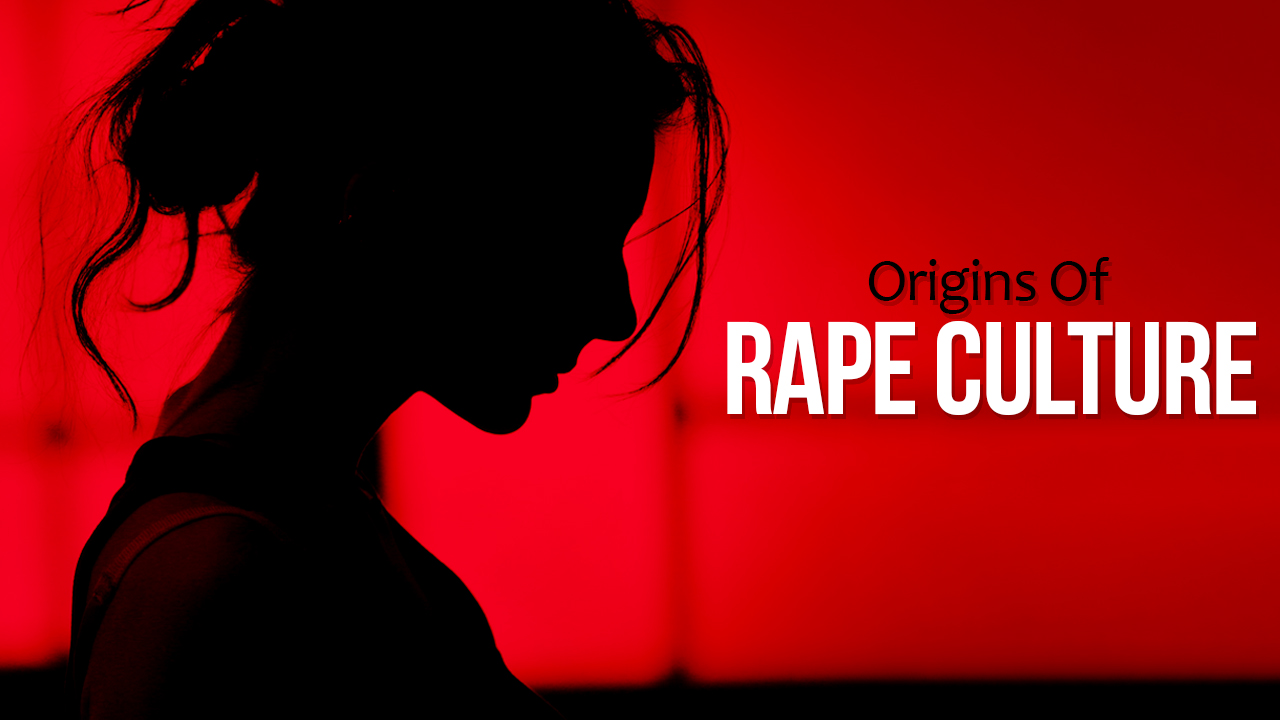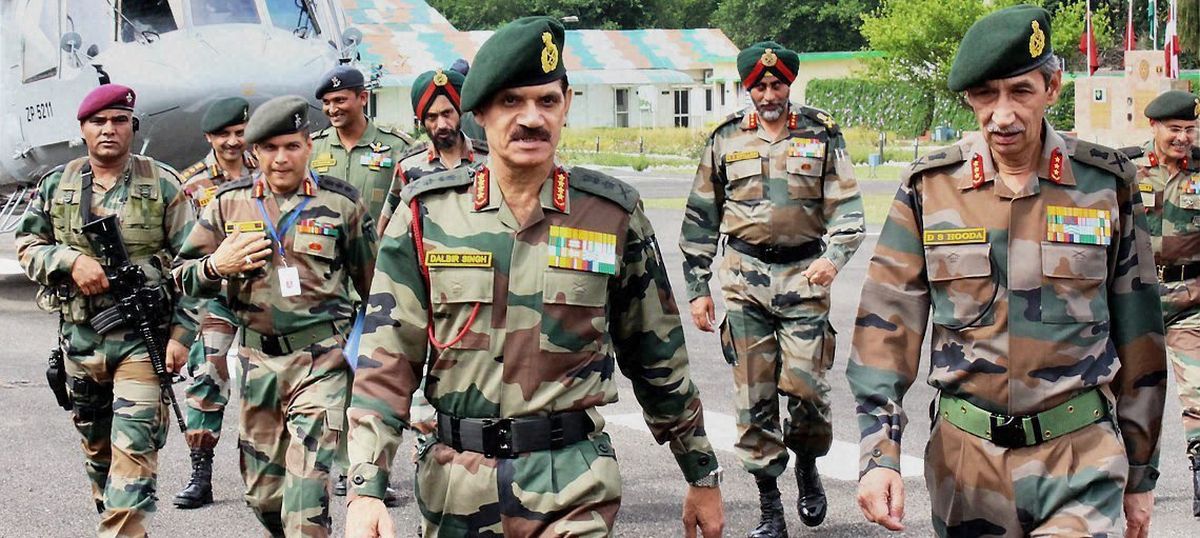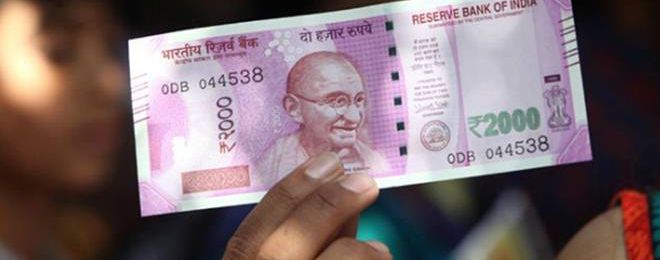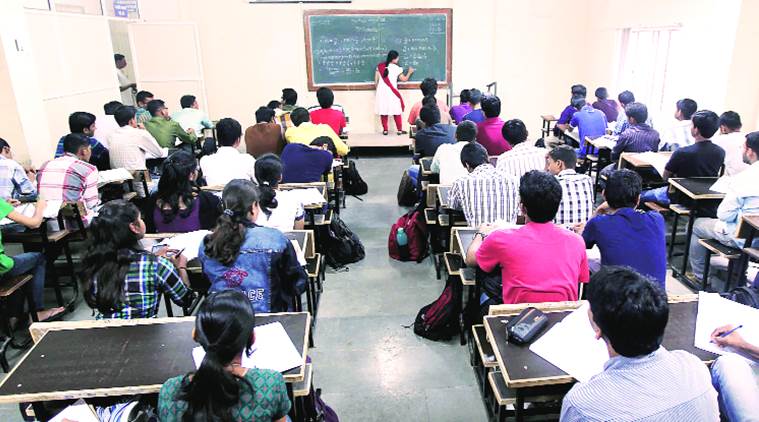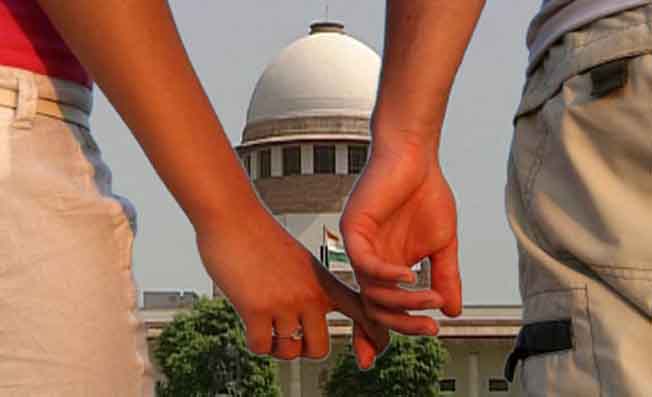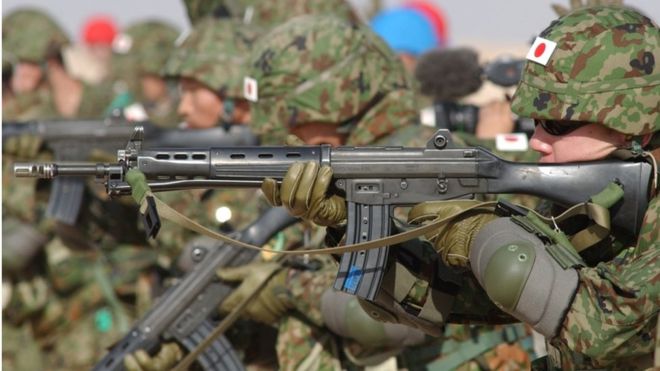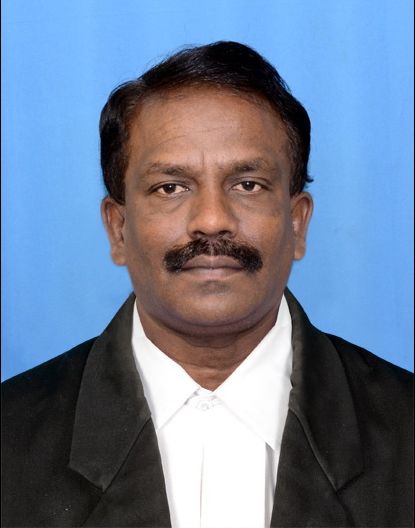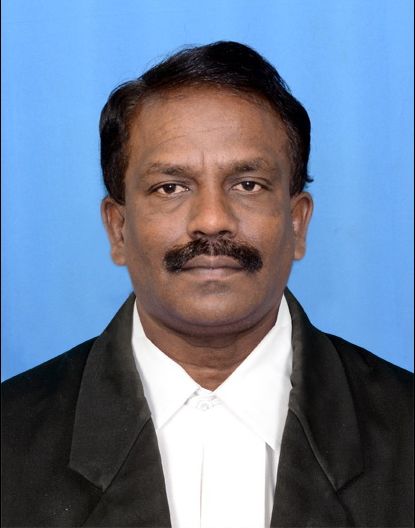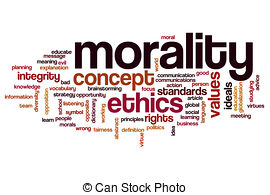Latest Articles
Leaders Of Outfits Calling For Mob Violence Liable For Damages: SC

It has to be stated at the very outset that in a landmark judgment with far reaching consequences which will go a long way in ensuring that leaders of outfits calling for mob violence are held liable for damages, the Supreme Court just recently on October 1, 2018 in the landmark case titled Kodungallur Film Society vs. Union of India in Writ Petition (Civil) No. 330 of 2018 has issued comprehensive guidelines to control vandalism by protesting mobs. Vandalism is vandalism and it cannot be justified under any circumstances! Those who indulge in it and those who instigate it must all be held clearly accountable and made to pay for what they have done most shamefully!
While issuing guidelines, the Apex Court Bench of CJI Dipak Misra, Justice AM Khanwilkar and Justice DY Chandrachud has taken cue from the guidelines issued to control mob lynching in Tehseen Poonawala case. It ought to be mentioned here that the PIL filed by Kodungallur Film Society sought framing of guidelines to deter large scale acts of violence and hooliganism carried out rampantly by fundamentalist outfits and fringe elements in the name of public protests. The petitioner was compelled to file the PIL in the backdrop of rampant vandalism unleashed by goons of Karni Sena members during “Padmavat” agitation. The main prayer that was urged in the PIL was to direct the Central and State Governments to strictly implement the guidelines framed by the Court in the case In Re Destruction of Public and Private Properties v Govct of AP [(2009) 5 SCC 212].
At the outset, it must be mentioned that this landmark judgment notes in para 1 that, “The petitioners have filed the present writ petition on 25th January, 2018, in the backdrop of mob violence, protests and demonstrations which erupted across the nation in the recent past, especially against cultural programmes and establishments and the ensuing damage to public and private properties arising out of such violence. Petitioner No. 1 is a registered film society and petitioner no. 2, is a member of the petitioner no. 1 film society. They have highlighted law and order problems arising out of the release of several films, especially the violence surrounding the release of the film ‘Padmaavat’, and submit that fundamentalist outfits and fringe groups have been issuing threats and engaging in acts of violence against people and property to disrupt and prevent public exhibitions of these films on the pretext that they offend their cultural/religious sentiments. These groups engage in violence against artisitic expression, with utter impunity and show complete disregard for the rule of law and constitutional values. The films which are protested against are certified for public exhibition in accordance with law under the Cinematograph Act and by attempting to stop their exhibition, these groups operate as ‘super censors’, exercising unlawful authority and power outside the control and without the sanction of the State. These attacks on films are part of a larger problem whereby private individuals and groups impose unlawful restraints by threatening violence upon citizens’ artistic freedoms and thereby impinge on the freedom of speech and expression under Article 19(1)(a) of the Constitution of India. The petitioners contend that the respondent state governments then themselves ban the exhibition of such films, citing law and order problems, without clamping down on the root cause of such problems namely the individuals and groups who incite and commit violence. It is also contended that many such groups have tacit support from the political parties in power.”
More importantly, this landmark judgment authored by Justice AM Khanwilkar for the Bench in para 7 then minces no words in stating it quite clearly, convincingly and categorically that, “The present petition highlights the disconcerting rise in the protests and demonstrations by private entities targeting, amongst others, exhibition of films and social functions and including sections of people, on moral grounds, in particular, using threats and actual violence. In addition to being patently illegal and unlawful, such acts of violence highlight a deeper malaise, one of intolerance towards others views which then results in attempts to suppress alternate view points, artistic integrity and the freedom of speech and expression guaranteed by the Constitution of India. Indeed, the people who perpetrate such actions, especially against private parties, do so without fear of consequence and reprisal, probably believing that private parties do not have the wherewithal to hold them accountable for such actions. In such situations, the State must step in and perform its duty by taking measures to prevent such actions from occurring in the first place, ensuring that law-enforcement agencies exercise their power to bring the guilty parties to book and imposing time-bound and adequate punishment for any lapses. This Court has time and again underscored the supremacy of law and that one must not forget that administration of law can only be done by law-enforcing agencies recognised by law. Nobody has the right to become a self-appointed guardian of the law and forcibly administer his or her own interpretation of the law on others, especially not with violent means. Mob violence runs against the very core of our established legal principles since it signals chaos and lawlessness and the State has a aduty to protect its citizens against the illegal and reprehensible acts of such groups. Very recently, we have dealt with almost similar grievances in Tehseen S Poonawalla vs Union of India & Ors [Judgment dated 17th July, 2018 in Writ Petition (Civil) No. 754 of 2016: AIR 2018 SC 3354].
As it turned out, the Apex Court conceded in para 15 that, “We are conscious of the fact that the crimes committed by groups of self-appointed keepers of public morality may be on account of different reasons or causes, but the underlying purpose of such group of persons is to exercise unlawful power of authority and that too, without sanction of State and create fear in the minds of the public or, in a given situation, sections of the community. The dispensation for preventing occurrences of such crimes or remedial measures and punitive measures would vest in the same police in the State. Therefore, a comprehensive structure will have to be evolved in the respective States so that the issues of accountability and efficiency in curbing incidents of peaceful protests turning into mob violence causing damage to property including investigation, remedial and punitive measures, are duly addressed. While doing so, the directions given by this Court in In Re: Destruction of Public and Private Properties (supra), Shakti Properties (supra), Shakti Vahini (supra) and Tehseen Poonawalla (supra) must be borne in mind.”
Finally and most importantly, in para 16 which is the last and most important para of this entire judgment and for which it will not be an exaggeration to say that, “It is the heart of this whole landmark judgment” makes it abundantly clear that, “There are overlapping areas of directions which albeit apply to the situations referred to in the concerned decision. For the purpose of the present writ petition, we have no hesitation in observing that the dispensation can be similar to the one decided recently in Tehseen Poonawalla (supra), for which reason the guidelines delineated in the said decision must apply proprio vigore in respect of peaceful protests turning into mob violence, causing damage to public and private properties.
A Ex abundant cautela, we may hasten to clarify that similar interim measures will operate in respect of any peaceful protest turning into mob violence, causing loss of life or damage to public and private properties, including violence designed to instill fear in the minds and terrorise the common man in the absence of any law to that effect. The recommendations/directions elucidated hereunder are not exhaustive but only to set out broad contour of the measures required to be taken and are in addition to the recommendations/directions given in In Re: Destruction of Public and Private Properties (supra):
A Structural and preventive measures
a) In addition to the responsibilities ascribed to the responsibilities ascribed to the Nodal Officer(s) as set out in Tehseen Poonawalla (supra), the said Nodal Officer(s) would also be responsible for creating and maintaining a list containing the various cultural establishments, including theatres, cinema halls, music venues, performance halls and centres and art galleries within the district, and pin point vulnerable cultural establishments and property which have been attacked/damaged by mob violence over the past 5 (five) years. This list would be updated on a regular basis to account for any new openings/closings of establishments.
b) In addition to the prohibition against weaponry laid down in paragraph 12(11) of In Re: Destruction of Public and Private Properties (supra), any person found to be carrying prohibited weaponry, licensed or otherwise, during protests/demonstrations would prima facie be presumed to have an intention to commit violence and be proceeded in that regard as per law.
c) The State governments should set up Rapid Response Teams preferably district-wise which are specially trained to deal with and can be quickly mobilized to respond to acts of mob violence. These teams can also be stationed around vulnerable cultural establishments as mentioned hereinabove.
d) The State governments should set up special helplines to deal with instances of mob violence.
e) The State police shall create and maintain a cyber information portal on its website and on its internet-based application(s) for reporting instances of mob violence and destruction of public and private properties.
B. Remedies to minimize, if not extirpate, the impending mob violence
a) The Nodal Officer(s) will coordinate with local emergency services, including police stations, fire brigades, hospital and medical services and disaster management authorities during incidents of mob violence in order to have a comprehensive and consolidated response to the situation.
b) The authorities must consider the use of non-lethal crowd-control devices, like water cannons and tear gas, which cause minimum injury to people but at the same time, act as an effective deterrent against mob force.
c) The authorities must ensure that arrests of miscreants found on the spot are done in the right earnest.
d) The Nodal Officer(s), may consider taking appropriate steps as per law including to impose reasonable restrictions on the social media and internet-based communication services or mobile applications, by invoking enabling provisions of law during the relevant period of mob violence, if the situation so warrants.
e) The Nodal Officer(s) must take coordinated efforts and issue messages across various audio-visual mediums to restore peace and to stop/control rumours. This can extend to issuing communications on local TV channels, radio stations, social media like Twitter etc.
C. Liability of person causing violence
a) If a call to violence results in damage to property, either directly or indirectly, and has been made through a spokesperson or through social media accounts of any group/organization(s) or by any individual, appropriate action should be taken against such person(s) including under Sections 153A, 295A read with 298 and 425 of the Indian Penal Code, 1860.
b) In instances where a group/organisation has staged a protest or demonstration resulting in violence and damage to property, the leaders and office bearers of such group/organisation should physically present themselves for questioning, on their own, within 24 (twenty four) hours, in the police station within whose jurisdiction the violence and damage occurred. Any such person(s) failing to present himself/herself in such manner without any sufficient reason should be proceeded against as a suspect and legal process must be initiated forthwith against him/her including for being declared an absconder in accordance with law.
c) A person arrested for either committing or initiating, promoting, instigating or in any way causing to occur any act of violence which results in loss of life or damage to property may be granted conditional bail upon depositing the quantified loss caused due to such violence or furnishing security for such quantified loss. In case of more than one person involved in such act of violence, each one of them shall be jointly, severally and vicariously liable to pay the quantified loss. If the loss is yet to be quantified by the appropriate authority, the judge hearing the bail application may quantify the amount of tentative damages (which shall be subject to final determination thereof by the appropriate authority) on the principle stated in paragraph 15 of the decision in In Re: Destruction of Public and Private Properties (supra), after hearing the submissions of the State/agency prosecuting the matter in that regard.
D Responsibility of police officials
a) When any act of violence results in damage to property, concerned police officials should file FIRs and complete investigation as far as possible within the statutory period and submit a report in that regard. Any failure to file FIRs and conduct investigations within the statutory period and without sufficient cause should be considered as dereliction of duty on behalf of the concerned officer and can be proceeded against by way of departmental action in right earnest.
b) Since the Nodal Officer(s) holds the overall responsibility in each district to prevent mob violence against cultural establishments and against property, any unexplained and/or unsubstantiated delay in filing FIRs and/or conducting investigations in that regard should also be deemed to be inaction on the part of the said Nodal Officer(s).
c) With reference to the videography mentioned in paragraphs 5(iv), 10 and 12 of In Re: Destruction of Public and Private Properties (supra), the officer-in-charge should first call upon from the panel of local video operators maintained by the concerned police station to video-record the events. If the said video operators are unable to record the events for whatever reason or if the officer-in-charge is of the opinion that supplementary information is required, then he/she can also call upon private video operators to record the events and request the media for information on the incident in question, if need be.
d) Status reports of the investigation(s) trial(s) concerning such offences as set out hereinabove, including the results of such trial(s), shall be uploaded on the official website of the concerned State police on a regular basis.
e) In the event of acquittal of any person(s) accused of committing such offences as set out hereinabove, the Nodal Officer(s) must coordinate with the Public Prosecutor for filing appeal against such acquittal, in the right earnest.
E Compensation
a) The person/persons who has/have initiated, promoted, instigated or any way caused to occur any act of violence against cultural programmes or which results in loss of life or damage to public or private property either directly or indirectly, shall be made liable to compensate the victims of such violence.
b) Claims arising out of such acts of violence should be dealt with in the manner prescribed in paragraph 15 of In Re: Destruction of Public and Private Properties (supra).
c) This compensation should be with regard to the loss of life or damage done to any public or private properties, both movable or immovable.
To put things in perspective, the Bench of Apex Court in para 17 finally directed that, “The recommendations that we have made hereinabove be implemented by the Central and State governments as expeditiously as possible, preferably within a period of 8 (eight) weeks from today.” It must be strictly implemented as directed by the top court! It brooks no delay anymore!
In a nutshell, it has to be said that all those leaders who call for mob violence must not be just held liable for damages but also must be severely punished and they must also be banned from participating in any elections in future! The biggest misfortune of India is that leaders get away easily even after being directly involved in mob violence which claims not just destruction of property but also killings of thousands of innocent people as we saw during anti-Sikh riots of 1984, after demolition of Babri Masjid in 1992, Gujarat riots of 2002 etc! This is most disgraceful! All rules are relaxed in India for politicians as for instance even if they are a former dacoit still they can become MP or MLA but if the same person wants government job, he/she is barred completely because for that not a single case should even be registered in FIR in any police station!
Why this double standard for politicians and for the rest of the crowd? Why should politicians not be placed on higher probity? This alone explains why more and more criminals are entering politics and all parties give them tickets if they feel that such candidates with criminal background can win elections for them! This open treachery with the people of India and different parameters for those aspiring for government jobs and those aspiring to become MPs and MLAs must be consigned immediately to the dustbin of history and politicians too must be made equally accountable if not more and no exemptions of any kind should be given to them also on ground of political rivalry and other such specious excuses! But for this to happen, a strong political will power is needed which we currently don’t see nor in the past 70 years did we ever see this happening! Still let’s hope that some day this miracle happens and politicians too are made to be subjected to “Code of Conduct for MPs and MLAs” as advocated earnestly and very rightly by our Vice President Venkaiah Naidu some time back! What is wrong in it? It will do our democratic country a world of good!

